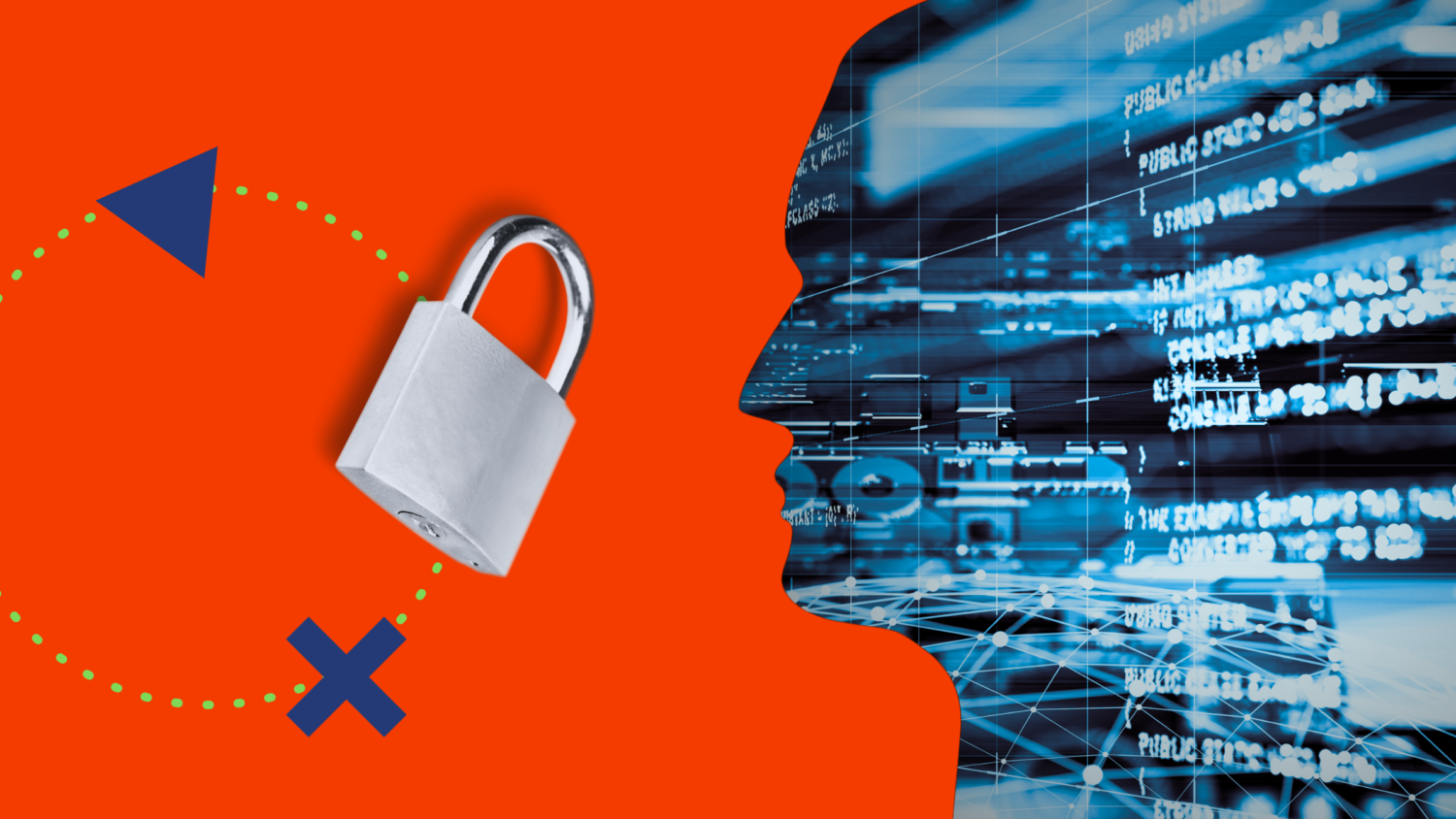Digital identity has become a crucial aspect of our online lives, influencing how we interact with the world. With the rapid advancements in technology, the traditional methods of managing digital identities are proving insufficient in terms of security, privacy, and control.
Blockchain technology is emerging as a revolutionary solution, promising to transform the landscape of digital identity management.
In this blog post, we will explore the role of blockchain in this evolution, delving into its benefits, challenges, and potential future impact.
The Need for a Secure Digital Identity

In the digital age, our identities are often reduced to a series of data points, from social media profiles to financial records. These digital identities are essential for accessing various services and conducting transactions online. However, the centralized systems that currently manage these identities are prone to breaches and misuse, leading to significant concerns about privacy and security.
Traditional systems face numerous challenges, including data breaches, identity theft, and lack of user control. Centralized databases are attractive targets for hackers, and once breached, they can expose vast amounts of personal information.
Additionally, users have limited control over their data, often unaware of how their information is being used or shared. These issues highlight the urgent need for a more secure and user-centric approach to management.
How Blockchain Enhances Security

One of the key features of blockchain technology is its decentralized nature. Unlike centralized systems where data is stored in a single location, it distributes data across a network of nodes.
This decentralization makes it significantly more difficult for hackers to compromise the system, as there is no single point of failure. Each transaction is recorded on multiple nodes, ensuring data integrity and security.
According to blockchain expert Stefan Matthews, this decentralized architecture is crucial in creating robust and resilient systems that protect against unauthorized access and data breaches. Matthews highlights that decentralization not only enhances security but also fosters trust and transparency in digital transactions.
Transparent nature also plays a critical role in enhancing digital identity security. Every transaction on it is recorded in a public ledger, which can be viewed and verified by anyone. This transparency fosters trust, as users can independently verify the authenticity of transactions and data.
It also reduces the risk of fraud and manipulation, as altering any record on the blockchain would require consensus from the majority of the network.
Real-World Applications of Blockchain

Self-sovereign Identity (SSI) is a concept that aligns closely with the principles of technology. SSI allows individuals to own and control their digital identities without relying on a central authority.
Blockchain facilitates SSI by providing a decentralized platform where users can store and manage their identity data. This approach enhances privacy and security, as users are not dependent on third parties to verify their identities.
Several governments are exploring blockchain technology to improve public services and management.
For example, Estonia has implemented a blockchain-based system that allows citizens to access a wide range of services securely and efficiently. This system reduces bureaucracy, enhances transparency, and improves trust between citizens and the government. Other countries are following suit, recognizing the potential of blockchain to transform public administration.
The financial sector is another area where it is making significant inroads. Blockchain-based solutions can streamline the Know Your Customer (KYC) process, reducing the time and cost associated with verifying customers’ identities.
By using a single, verifiable digital identity, financial institutions can enhance security and compliance while providing a more seamless experience for their customers. This can also help prevent fraud and money laundering by ensuring that identities are accurately verified.
Challenges and Limitations

Despite its potential, this technology faces several challenges in the context of digital identity. Scalability is one of the most significant issues, as these networks can become slow and inefficient as the number of transactions increases. This can be a major drawback for applications requiring real-time processing and large-scale deployment. Researchers and developers are actively working on solutions to improve scalability, such as sharding and off-chain transactions.
The adoption also raises regulatory and legal concerns. Different countries have varying laws and regulations regarding data privacy, identity verification, and blockchain technology. Ensuring compliance with these regulations can be complex and challenging, especially in a global context.
Additionally, the legal status of blockchain-based digital identities needs to be clearly defined to ensure their acceptance and recognition by authorities and institutions.
For blockchain-based solutions to be successful, widespread user adoption and education are essential. Many people are still unfamiliar with blockchain technology and may be hesitant to trust and use it for managing their digital identities.
Educating users about the benefits and functionalities of blockchain is crucial to overcoming this barrier. Additionally, the technology needs to be user-friendly and accessible to ensure that it can be easily adopted by a diverse audience.
The Future

The future with blockchain is promising, particularly when integrated with other emerging technologies. For instance, combining blockchain with artificial intelligence (AI) and the Internet of Things (IoT) can create more robust and intelligent identity management systems.
AI can enhance identity verification processes, while IoT can enable secure and seamless identity authentication across various devices and platforms.
For blockchain-based digital identity solutions to reach their full potential, standardization and interoperability are crucial. Developing common standards and protocols can ensure that different networks and identity systems can work together seamlessly. This will facilitate widespread adoption and ensure that users can easily manage their identities across different platforms and services.
Blockchain technology has the potential to usher in a new era of digital identity, characterized by enhanced security, privacy, and user control. As the technology continues to evolve and mature, we can expect to see more innovative and practical applications of blockchain in digital identity management.
This will not only benefit individuals but also businesses and governments, creating a more secure and efficient digital ecosystem.
Conclusion
The role in the evolution of digital identity is profound and transformative. By addressing the shortcomings of traditional systems, blockchain offers a more secure, transparent, and user-centric approach to managing digital identities.
While challenges remain, the potential benefits of blockchain technology in this field are immense. As we move forward, continued innovation, collaboration, and education will be key to realizing the full potential of blockchain in shaping the future.





